Barbara Cooper always begins her creative process in nature, finding inspiration in the way natural forms respond and adapt to the obstacles they confront and the stresses they withstand.
Primarily working with repurposed wood and metal, Barbara creates intricate sculptures that build upon this process of transformation and growth, both in our natural and cultural environment.
Through sculpture, she aspires to connect viewers with the natural world and the myriad patterns and systems that surround us. With each piece, she aims to inspire moments of reverence and respect for the earth and the complex web of interconnections that supports life on this planet.
In this interview, we join Barbara Cooper in her Chicago studio to learn more about her work and creative process.
How would you describe your work?
While I am primarily a sculptor, I also draw, create large scale public art, design gardens, and most recently, develop community art projects.
Connecting form and function with the study of patterns in nature anchors my work. We can read a fluid history of growth embedded in solid form, whether it is in a body, a tree, or geological strata, where the immense scope of a landscape and the history that is literally embedded within it spans an amount of time beyond our comprehension. But growth can also be impeded, intruded upon, deformed and compressed by conflict or lack of resources. And that is where I find my focus now–on the environmental issues facing us today.
The materials and processes I utilize amplify the concepts of my work. The wood veneer began in the form of a tree and is the result of an intensive milling process. The life cycle of these materials is completed by constructing organic forms from factory scraps which would otherwise be discarded. I mirror the efficiency I find in nature by repurposing this waste product into a new generation of form.
Repurposing industrial waste in Chicago has been at the heart of my work for the last three decades. Recent pieces allude to embedded histories of our current era. The materials getting incorporated reference that shift. In the last two years, discarded and sliced up books compressed with ideas are being added into the layers of forms. These parallel the compacted geographies recorded in tree rings and rock strata.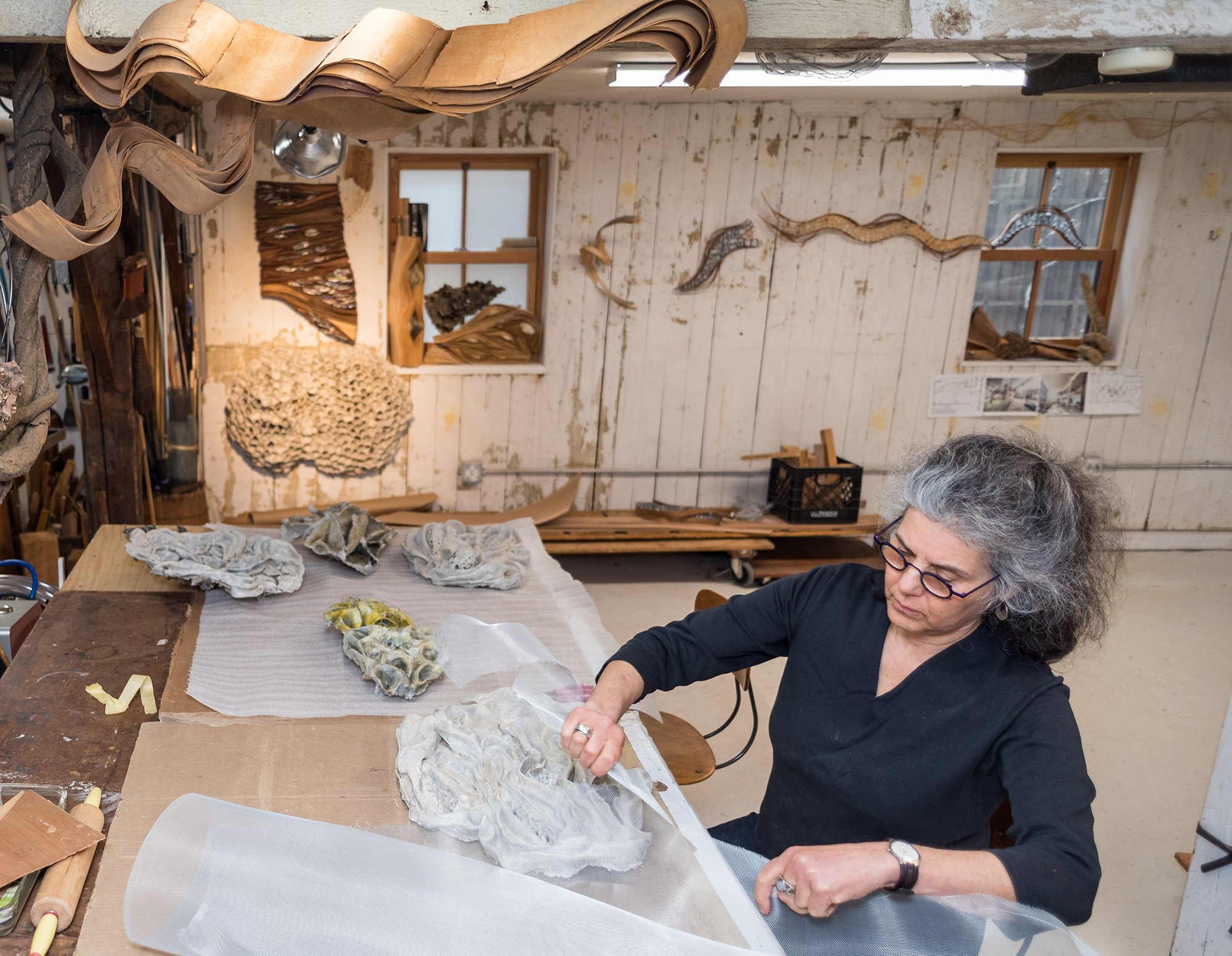 When you are looking for inspiration, what resources do you turn to?
When you are looking for inspiration, what resources do you turn to?
The world of nature is my temple, it is where I find myself in a state of awe and wonderment. I feel that we humans could never create anything quite as amazing and complex as what is already out there. The repeated patterns and systems existing in multiple scales and materials are truly amazing. Forms are created and live for a particular function and each fits into a larger whole.
There is none of that arbitrariness and absurdity in nature, unlike in art, where those two traits are often central to an artist’s process. I aspire to incorporate some of nature’s patterns into my own work.
Walk is through a typical day in your studio. What is your routine?
I do not have a routine! If I have a deadline, I am up and at it all of the time. So for instance, I just finished a big suspended piece for a hospital atrium. It was four months of super intense work and focus. Now, I need time to put toward reentering, taking in new energies and inspiration, and tending to all the other parts of my life that I let fall off…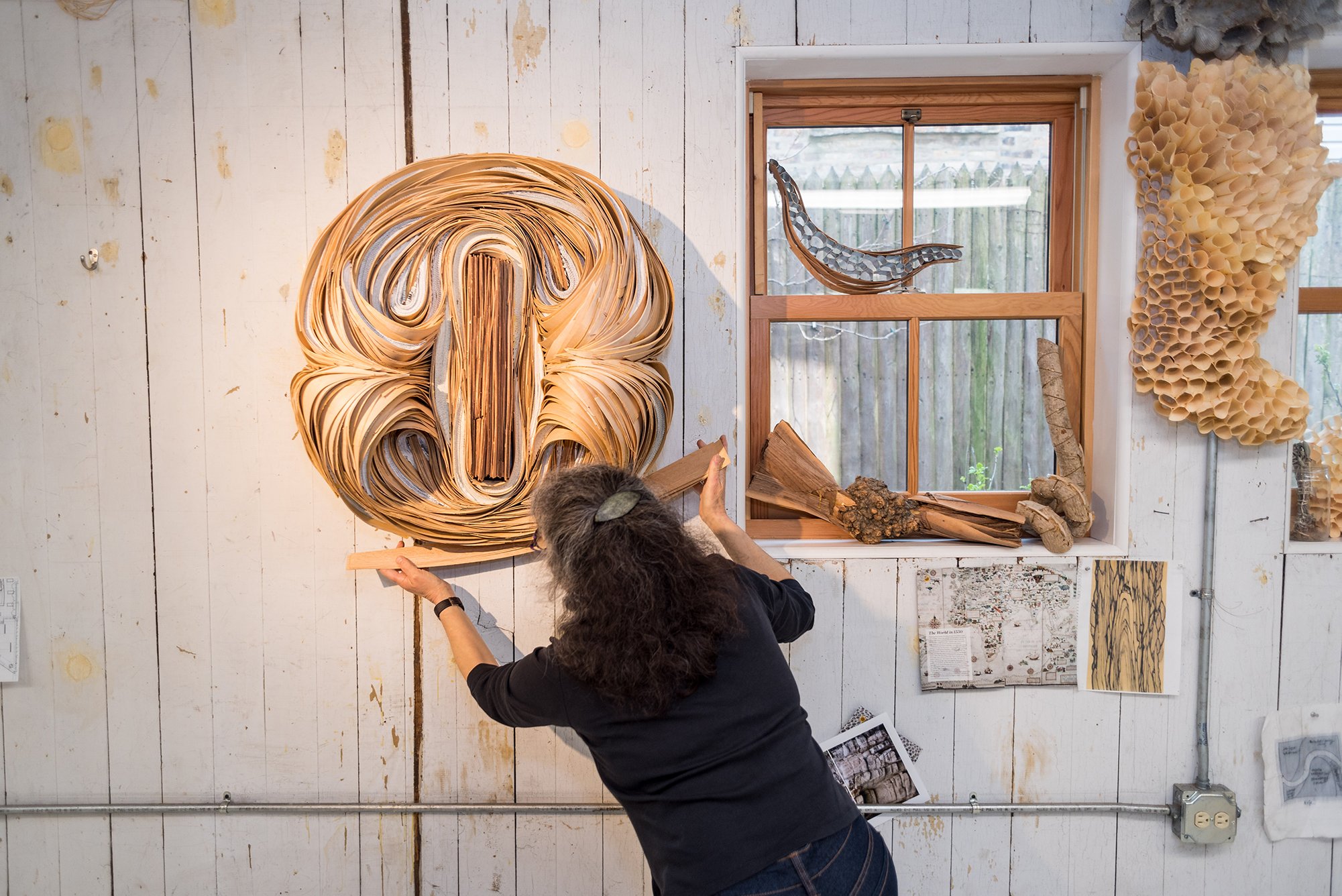 How do you see the art market changing? Where do you see yourself in this transition?
How do you see the art market changing? Where do you see yourself in this transition?
As with everything else in the world, more and more is going on line. For me, the power of art is in its presence; it is about scale, materials, tactility. I don’t think that can be communicated digitally.
Failure is an inevitable part of success in any field. Do you have advice for overcoming setbacks?
Being persistent and knowing why you are working is important. If I work with the idea of success in mind, I might not be true to my own process of exploration. For me, it is better to make the work because this is something that I need to explore and see where it takes me. Success is about the work engaging those who view it. My goal is to provide positive, alternative models of connecting with the complex world we live in. In order to achieve success, I must be able to explore through trial and error and endure many failures as I continue searching and pushing what I can do with my work.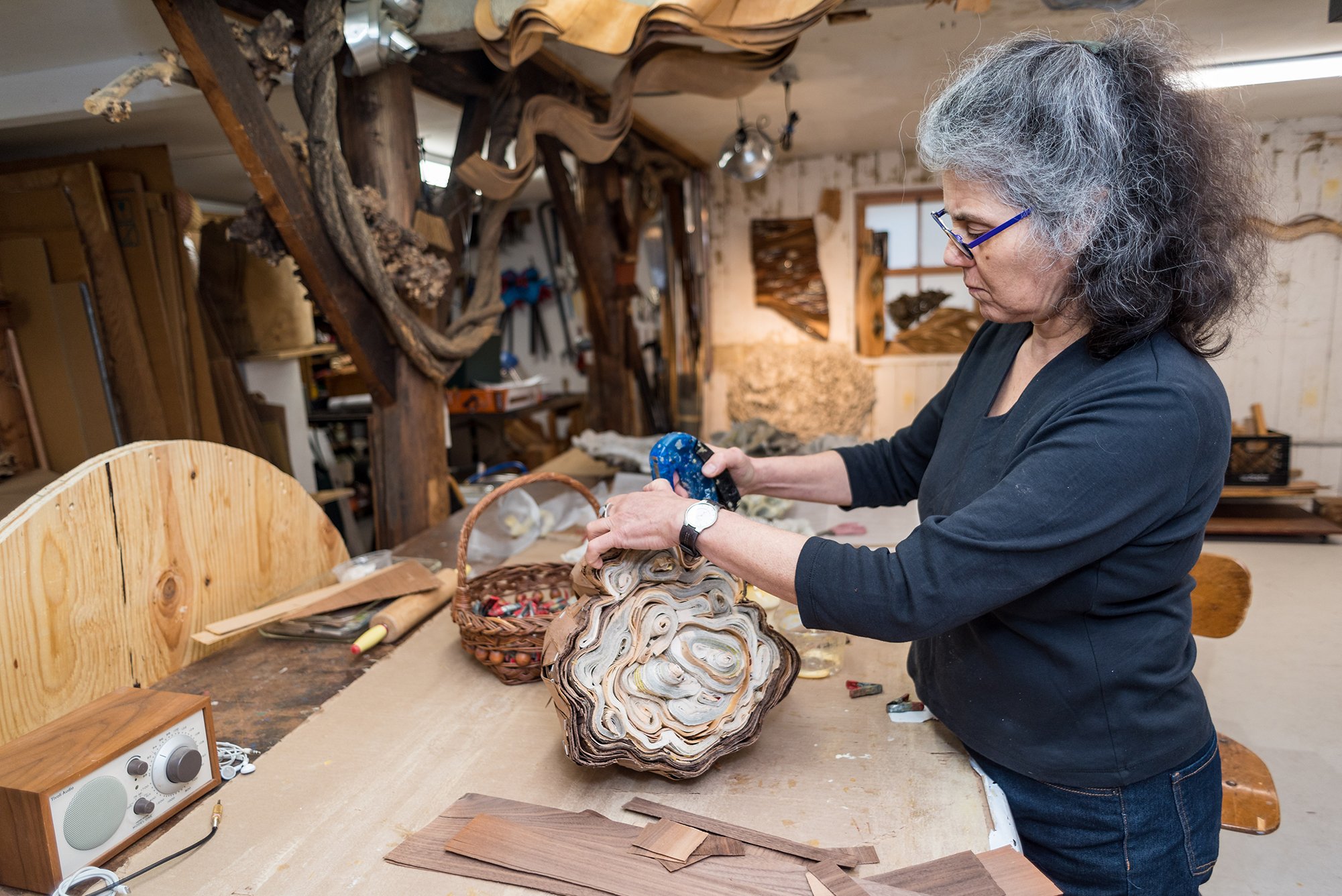 What sparked your interest in partnering with TurningArt? Has your experience with TurningArt differed from other art companies you have worked with?
What sparked your interest in partnering with TurningArt? Has your experience with TurningArt differed from other art companies you have worked with?
I appreciate that you are getting art out into public and private spaces, where people will encounter on a regular basis. Also, that you compensate artists fairly for the loan of your work. Your staff is also great.
What does having your artwork in the workplace and other commercial or public spaces mean to you?
I am always glad when what I make gets seen, and I like the idea that it is regularly seen by the same people everyday. I always wonder how amazing it would be to live with some of the pieces we see in museums, to be able to let it grow on you over an extended period of time. Not all people have the means or interest to have art at home. When you go into buildings that are devoid of art, they seem to lack spirit. Putting art into the workplace to be shared is a great way to expose more people to art.
To see more featured TurningArtists, return to our blog. To get Barbara Cooper's art in your space, set up a free consultation with an Art Advisor here!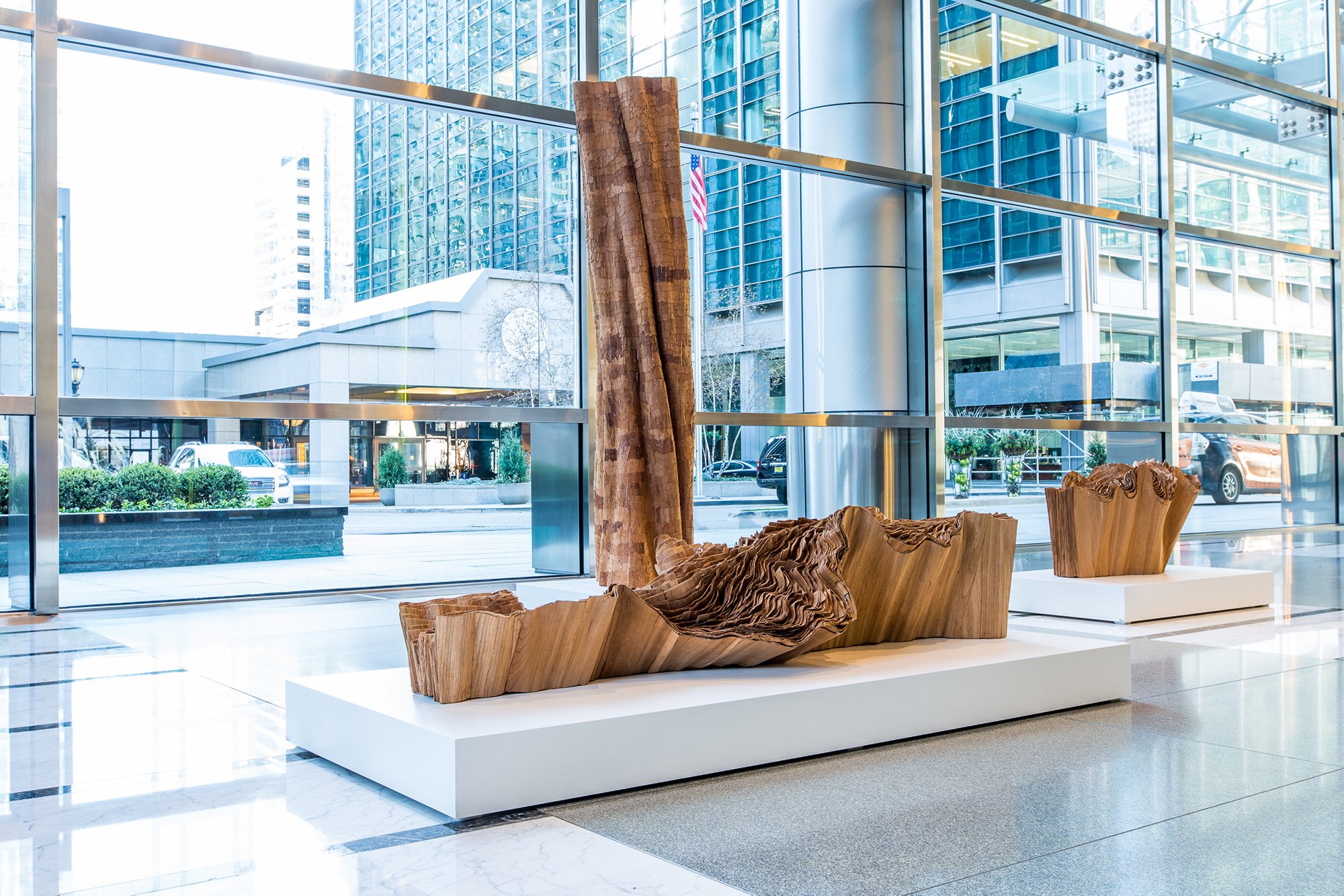
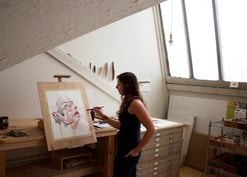



.jpg?width=332&height=177&name=%E6%A9%983-2%20(1).jpg)

